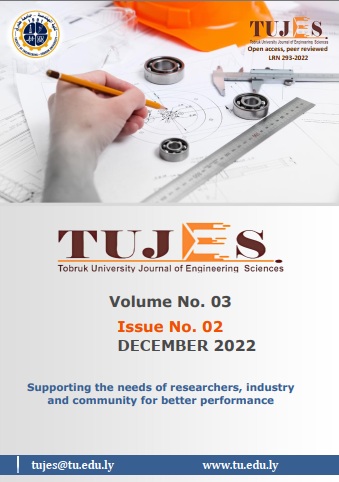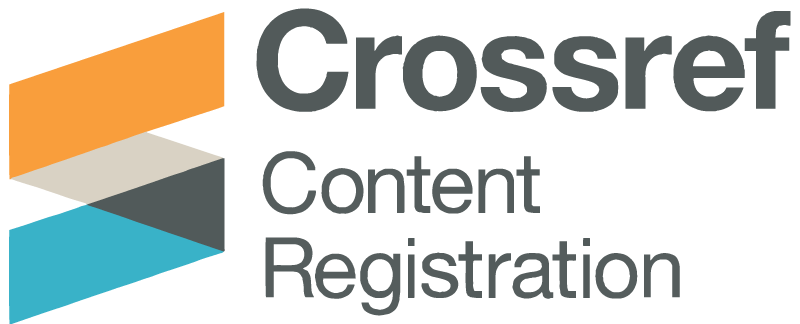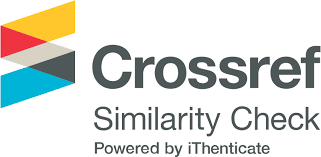An Exploration of The Extent of Total Productive Maintenance Implementation in the Iron and Steel Industry in Libya
DOI:
https://doi.org/10.64516/xyy48809Keywords:
Maintenance, Productive, operationsAbstract
Maintenance concepts have developed steadily due to their importance to factories. Managing maintenance activities significantly improves operating conditions, reduces breakdowns and prevents major equipment failures. In order to achieve the positive impact of maintenance management, Total Productive Maintenance (TPM) had a major role in making a paradigm shift in maintenance management. It has been adopted by many major industrial companies around the world. TPM revolves around integrating the role of the human element in maintenance work, but not only maintenance staff, it goes to make production staff an effective guarantor of the success of the maintenance process. This research aims to explore the importance and extent of implementation of the concepts of TPM in an iron and steel industry in Libya. The data was collected by distributing a questionnaire to survey the opinions of experts in the Libyan Iron and Steel Company (LISCO) which is the biggest company in this sector in Libya. The questionnaire is about the importance and applicability of the concepts of TPM and the most important obstacles facing the implementation process. The results of research showed that the efforts of company to implement TPM were unsuccessful. The results of the research indicated that most of those who received training courses in the field of TPM are old workers, and then the training programs stopped. Stopping of the training courses led to the failure of implementation of TPM. The results also showed that there is an awareness of the concept and importance of TPM. However, there is another reason of failure hich is the organizational structures of the company's factories, which are based on the idea of separating the operation and maintenance departments. Although a number of training courses for operational and maintenance staff were implemented, these efforts did not lead to the actual implementation of the TPM concept, as there are types of maintenance operations that require specialized courses that take a long time. Also, the first steps of implementation were not accompanied by any change in the pattern of the organizational structures of the company's factories. The work environment in the company’s factories in Libya may differ from other environments. Imported frameworks often do not receive the response and success as they found in their original environments. Therefore, such principles and concepts need to be coordinated and adapted to different industrial environments.
References
1. Eti et, al., (2004). Implementing Total Productive Maintenance In Nigerian Manufacturing Industries, applied energy, volume 79, issue 4, Dec. page 385-401.
2. Ezeanyim, O. & Okpala, C., (2018). The Application of Tools and Techniques of Total Productive Maintenance in manufacturing, International Journal of Semantic Computing, Volume 8 Issue No.6.
3. Ranteshwar et al. (2013). Total Productive Maintenance (TPM) Implementation in a Machine Shop: A Case Study, Chemical, Civil and Mechanical Engineering Tracks of 3rd Nirma University International ConferenceTUJES. Open Access. LRN 293-2022 Available at www.tu.edu.ly 9 on Engineering (NUiCONE 2012), Procedia Engineering 51 ( 2013 ) 592 – 599.
4. Lazim et, al, (2008). Total Productive Maintenance And Performance: A Malaysian SME Experience, International Review of Business Research Papers, Vol 4 No. 4 Aug – Sept 2008 Pp.237-250.
5. Chandran, C., (2015). TPM Implementation Approach, Journal of Industrial Engineering and Management.
6. Xiang, Z. and Feng, C., (2021). Implementing Total Productive Maintenance in a Manufacturing Small or Medium-Sized Enterprise, Journal of Industrial Engineering and Management, JIEM, 2021 – 14(2): 152-175 – Online ISSN: 2013-0953 – Print ISSN: 2013-8423.
7. Gapp, R., et al., (2008). Implementing 5S within a Japanese context: an integrated management system, Retrieved 18 February 2014 from www.emeraldinsight.com/0025-1747.htm., 2008 (PDF) 5S Concept and Usage.
8. Osada, T., (1991). The 5S's : five keys to a total quality environment, Asian Productivity Organization ; White Plains, NY : Distributed by Quality Resources.
9. Adzrie, M. and Vincent, T., (2020). Assessment on 5S Approach Strategy for Small Medium Enterprise (SME): A Case Study in Sabah, Journal of Advanced Mechanical Engineering Applications. e-ISSN : 2716- 6201.
10. Adesta et al, (2018). Evaluating 8 pillars of Total Productive Maintenance (TPM) implementation and their contribution to manufacturing performance, IOP Conference Series: Materials Science and Engineering, Volume 290, International Conference on Advances in Manufacturing and Materials Engineering (ICAMME 2017) 8–9 August 2017, Kuala Lumpur, Malaysia
11. Sukanta, S, et al., (2018). Implementations of Autonomous Maintenance to Relieve Stoppages on PT NIKF – Sachet Packaging Chain, IPTEK The Journal for Technology and Science 29(3):65
12. Kar, M., (2016). Implementation of Planned Maintenance Using TPM Methodology for A Bi-Cycle Manufacturing Industry. International Journal of Mechanical Engineering and Technology, 7(6), 253-270.
13. Joochim, O., & Meekaew, J. (2016). Application of TPM in Production Process of Aluminium Stranded Conductors. Proceedings of International Conference on Industrial Engineering, Management Science and Application. Jeju, Korea.
14. Pacaiova, H., & Izarlkova, G., (2019). Base Principles and Practices for Implementation of Total Productive Maintenance in Automotive Industry. Quality Innovation Prosperity, 23(1), 45-59.
Downloads
Published
Issue
Section
License
Copyright (c) 2022 Fathi Elamin, Ali Altaweel, Ramadan Abugeddida (Author)

This work is licensed under a Creative Commons Attribution 4.0 International License.













